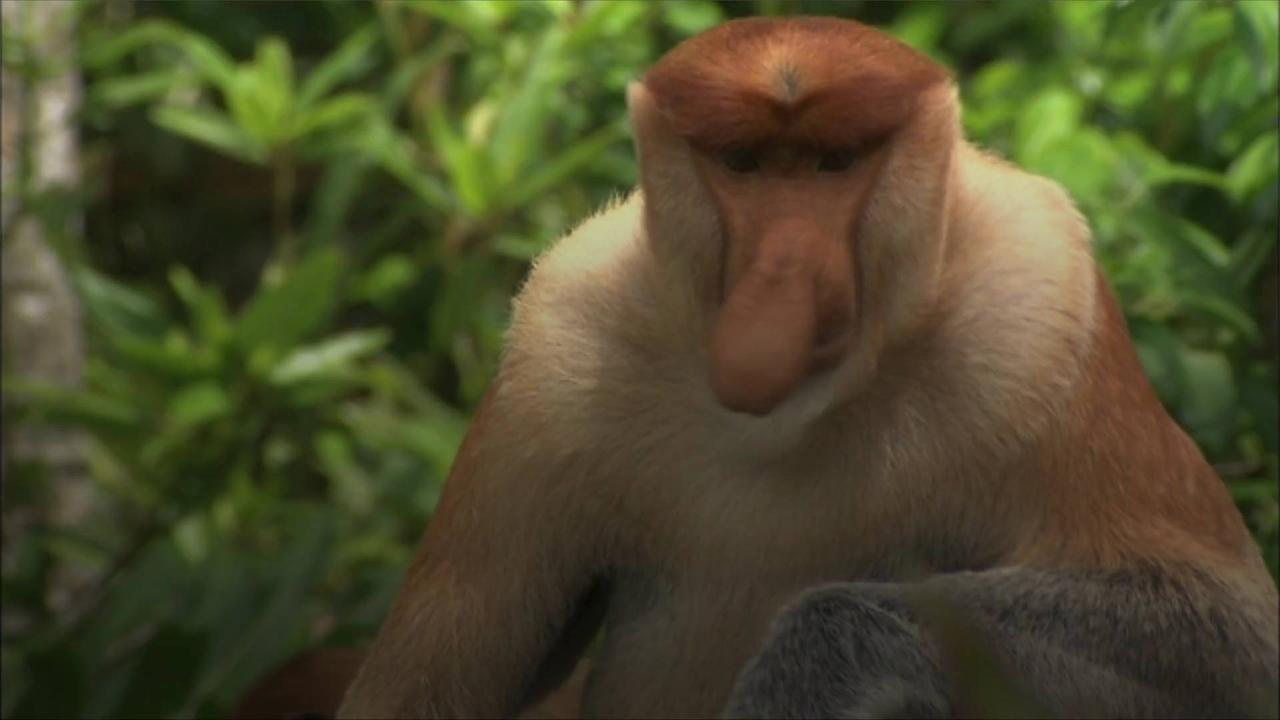
New Conservation Strategy , Aims at Saving , Evolutionarily Distinct Species.
'Wired' reports that some conservationists say saving species that are both evolutionarily distinct, as well as endangered, should take priority.
Rikki Gumbs, a conservationist at the Zoological Society of London, says efforts should be aimed at saving a number of strange and wonderful species, like solenodon.
.
Rikki Gumbs, a conservationist at the Zoological Society of London, says efforts should be aimed at saving a number of strange and wonderful species, like solenodon.
.
These shrew-like creatures are one of the only venomous mammals alive today.
.
About 76 million years ago the two living solenodon species diverged from their fellow mammals.
.
In 2007, conservationists created a new metric called EDGE, which stands for, “evolutionarily distinct and globally endangered.”.
The term was developed as a means of prioritizing species that represent a broad span of evolutionary history.
.
Species with high EDGE scores all are evolutionarily distinct, have few living ancestors and are extremely endangered.
One of these species is the Madagascar blind snake, a burrowing reptile that split from its closest living relative about 65 million years ago.
.
There are a lot of species out there that are overlooked, and when you get to know them they are just as charismatic and beautiful as the ones we’re aware of.
, Rikki Gumbs, Conservationist at the Zoological Society of London, via 'Wired'.
On February 28, 2023, the new measure, called EDGE2, was published in the journal 'PLOS Biology.'
